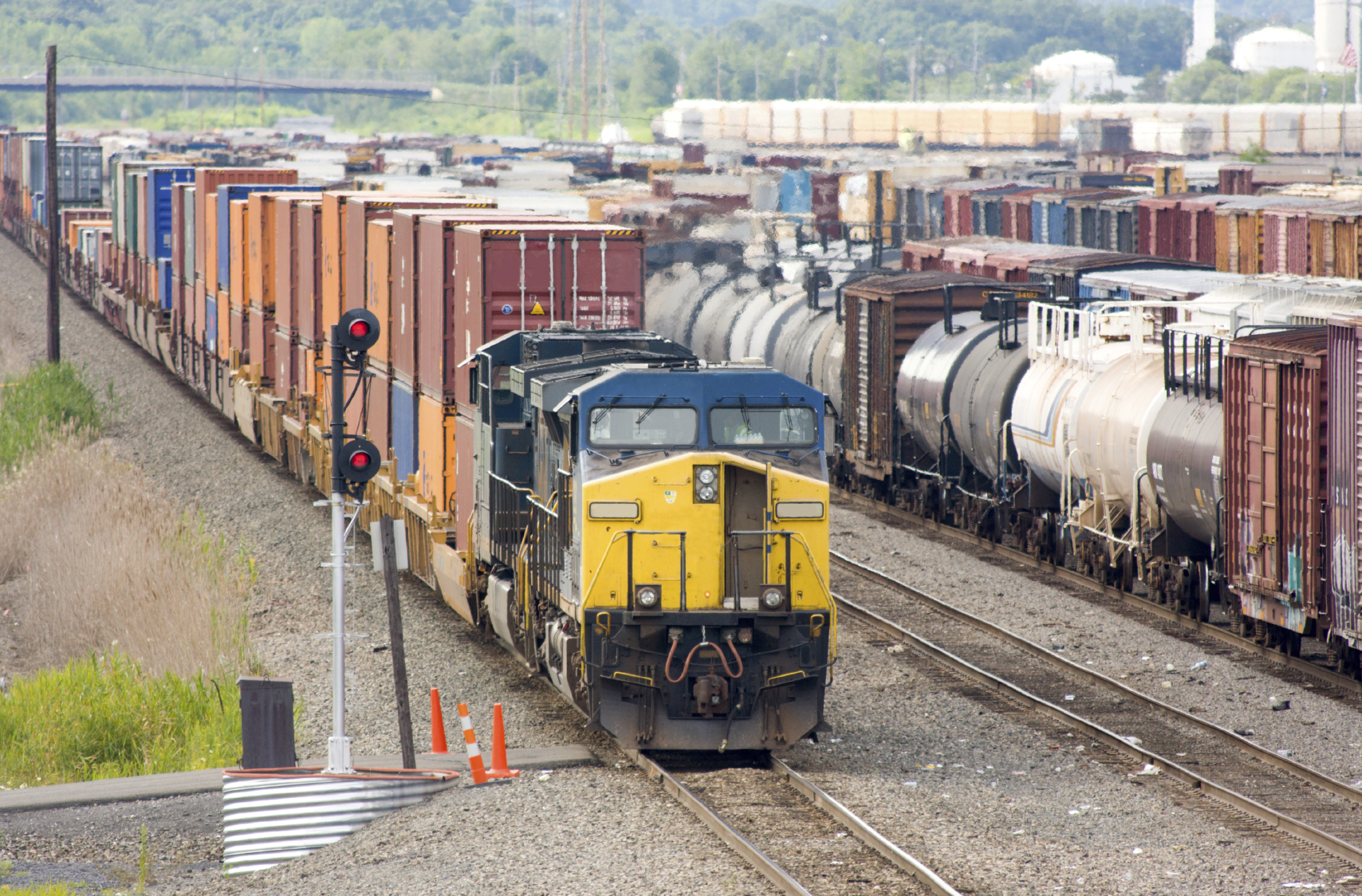The impact of the Panama Canal expansion project on global supply chains has been a subject of intense interest in the shipping sector. Panama Canal Administrator Jorge Quijano recently told reporters that by January 2016 the widened canal will be working. As of June 2014, 76 percent of the engineering project has been completed.
North American intermodal shippers, rail carriers, and transportation sector investors have begun to intensely debate the implication of the widened Canal on freight rates, customer service levels and the future earning potential of railways, trucking companies and the logistics and distribution centers that serve the markets impacted by freight traffic that has the potential to transit the Canal.
The Philip Davies webcast presentation The Impact of the Panama Canal Expansion on Trade Flows and Intermodal Carriers helps answer some of these questions. It was provided to BMO Capital Markets institutional investors earlier this year. It builds on his previous research on West Coast container port competitiveness to capture the impact of the Panama Canal expansion on cargo routing, shipping costs, and major North American Class 1 railways.
Wave Point Consulting associate and transportation economist Mr. Davies concludes that based on analysis of recent trends in shipping costs and port market shares, and potential shipping cost reductions estimated by the Panama Canal Authority, expansion of the canal could result in significant diversion of cargo from West Coast ports. This is likely to have a negative impact on Western US Class 1 railways. For Eastern US Class 1 railways, the result will depend on their ability to improve their competitiveness with trucking, for port traffic. Canadian Class 1 railways are unlikely to be significantly affected.
Small and medium sized businesses may also be beginning to wonder whether there they will see any benefits from this massive infrastructure investment. Share your thoughts and comments.

